Emergence of Gandhi in India – Champaran, Kheda, Non Cooperation Movement
by Devender
0 1402
Gandhi returned to India in 1915 after having great success in Africa but he decided to understand Indian problems up-close before starting satyagraha.
Champaran Satyagraha
It is also known as the First Civil Disobedience Movement which happened in 1917. Gandhi was requested by Rajkumar Shukla to take a look at the problems of farmers of Champaran, Bihar who were forced by Europeans to grow Indigo on 3/20 of their total land which was called tinkathia system.
- At the end of the 19th century, indigo was replaced by German synthetic dyes
- European planters demanded high rents and illegal dues from farmers to maximize their profits before they could shift to other crops
- Farmers were also forced to sell theirs produces at the rates fixed by Europeans
- The Government appointed a committee to investigate this matter
- Gandhi was also nominated to be a member
- He was able to convince the authorities that tinkathia system should be abolished and farmers should get their money back which was extracted from them wrongfully
- A compromise was made and finally, only 25% of the total payments were returned to farmers
- Farmers fled the area within the next decade
- Gandhi supported the farmers and asked them to not pay any revenue
- Authorities were not ready to surrender openly to farmer demands
- They issued secret instructions that only those farmers who could pay revenue, should pay
- During this satyagraha, many young nationalists such as Sardar Patel and Indulal Yagnik became Gandhi’s followers
- Ahmedabad Mill Strike:
- Gandhi asked the workers to stay non-violent
- He also undertook a fast until death to strengthen the struggles of workers
- At last, mill owners had to agree to worker's demands and gave a 35% increase in wages
- Satyagraha against Rowlatt Act:
- The Rowlatt act is also known as the Black act
- It was mainly aimed to contain nationalists activities
- According to this act, any person could be arrested on the basis of suspicion and no appeal or petition will be allowed for such
- In Feb 1919, Gandhi called for a nationwide protest against this act
- However, soon having seen the constitutional protest fail, he organized a satyagraha sabha and joined younger members of Home Rule Leagues and the Pan Islamists
- They chose a new form of protest that included observance of a nationwide hartal (strike) accompanied by fasting and prayer, and civil disobedience against specific laws, and courting arrest and imprisonment
By this time, the situation had changed. People now started to act instead of just expressing their grieves. Farmers, artisans, and the urban poor started playing an important role in these struggles and the national movement moved to masses all across the country.
- Jalliawalla Bagh Massacre:
- On the day of Baisakhi, a large crowd of people unaware of the prohibitory orders in the city had gathered in this small park to protest against the arrest of their leaders, Saifuddin Kitchlew and Satyapal
- The army surrounded the gathering with orders of Dyer, they blocked the only exit and opened fire on the unarmed crowd
- A lot of people died and nationwide protests began against it
- Rabindranath Tagore renounced his knighthood as a protest
- Gandhi didn't like the atmosphere of violence created by the Rowlatt satyagraha, so he decided to withdraw the Rowlatt Satyagraha movement on April 18, 1919
- Khilafat Movement:
- This movement began with Mahatma Gandhi renouncing his titles which were given by Britishers
- Many more surrendered their titles and honorary positions along with the resignation of membership from the local bodies
- They also boycotted the elections held under the provisions of the 1919 Act
- Legislatures were boycotted, even no leader of Congress came forward to contest in the elections for the Legislatures
- The government functions, courts, government schools, and colleges, & foreign goods were boycotted
- New national schools, colleges, and private panchayat courts were established
- It popularized swadeshi goods and khadi
Gandhi reached Champaran to take a look at the situation but authorities asked him to leave the area to which he refused and preferred to face the punishment. This passive resistance or civil disobedience of a wrong order was a great method. Authorities had to finally retreat and let Gandhi evaluate the situation.
Kheda Satyagraha
It is also known as the First Non-Cooperation Movement which happened in 1918. In 1918, the crops failed in the Kheda district of Gujarat due to drought and according to the revenue code, if the yield was less than 1/4th of the normal production, the farmers were entitled to remission which authorities refused to grant.
It was also known as First Hunger Strike and it happened in 1918. Gandhi stepped in the dispute between the mill owner of Ahmedabad and the workers who were over the issue of the abolishment of the plague bonus. Gandhi asked the workers to start a strike and demand an increase of 35% in wages but the mill owners were only ready to give a 20% bonus.
In 1919, after the end of the first world war, the Indian nationalists were looking forward to constitutional concessions but the British government came up with a repressive Rowlatt act.
It happened on April 13, 1919, in Punjab where unprecedented support to the Rowlatt Satyagraha was present. Due to the violent situation of Punjab, the government handed the control to the Military under the leadership of General Dyer who banned all public meetings and detained political leaders.
Happened in 1919 due to the defeat of Turkey in the first world war and the harsh terms of the Treaty of Sevres of 1920. The terms were considered a huge insult to Muslims. The whole movement was based on the belief that the Caliph, the sultan of Turkey was the religious head of the Muslims all over the world.
The prominent leaders of this movement were Maulana Abul Kalam Azad, M.A. Ansari, Saifuddin Kitchlew, and the Ali brothers. It was merged with the Non-Cooperation Movement launched by Mahatma Gandhi in 1920.
Non-Cooperation Movement
It carried for 2 years from 1920 to 1922. It was a sequel to the Rowlatt Act, Jallianwala Bagh massacre, and the Khilafat Movement, it was approved by the INC at the Nagpur session in December 1920.
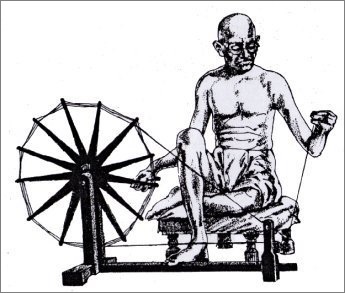
Students, Women, farmers, and Muslims actively participated in this movement. Khadi and Charkha became a symbol of this movement. Bonfires of foreign clothes were organized. The merger of the khilafat movement with this movement marked Hindu-Muslim unity. Mass demonstrations were held against the Prince of Wales during his tour of India in 1921.
Many leaders were arrested and Congress & Khilafat Committees were declared illegal. Gandhi called the whole movement off abruptly on 11th February 1922 after the Chauri Chaura incident in the Gorakhpur district of UP where 22 policemen burnt.
In March 1922, Gandhi was arrested and sentenced to six years in jail but released from prison on health grounds in February 1924.

Share:

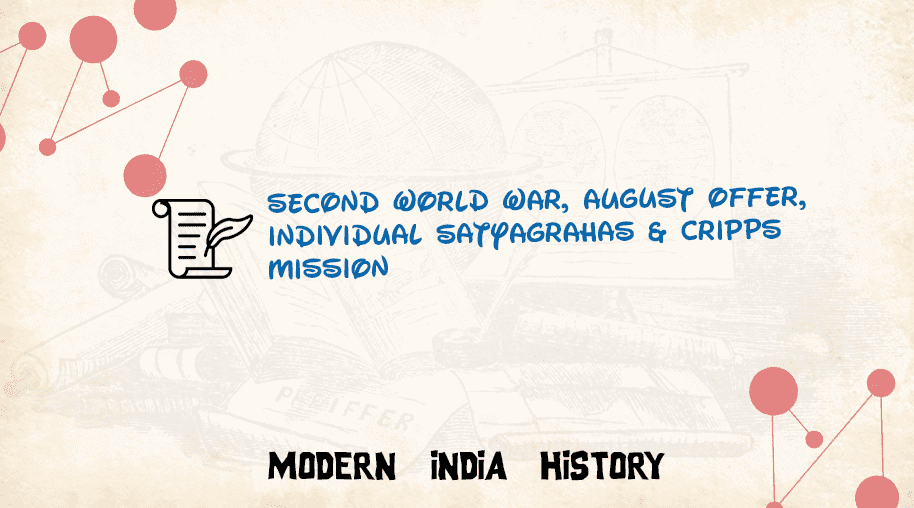
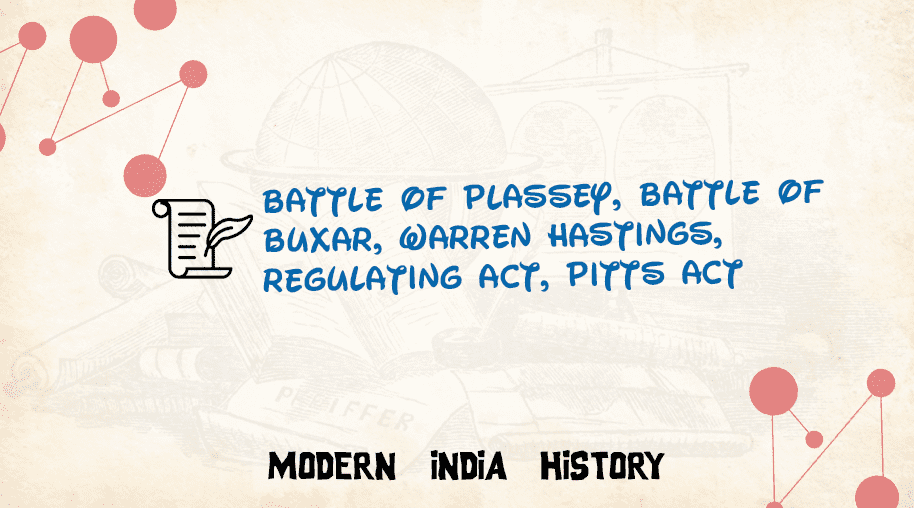
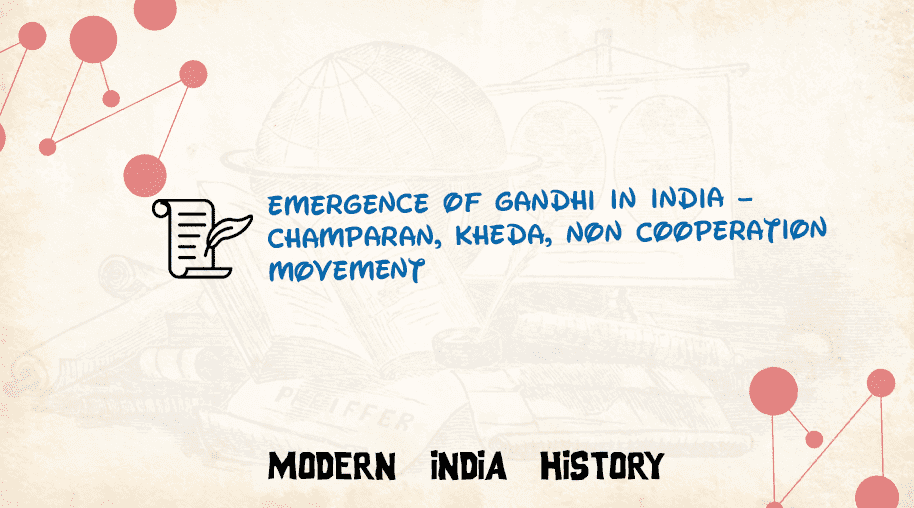
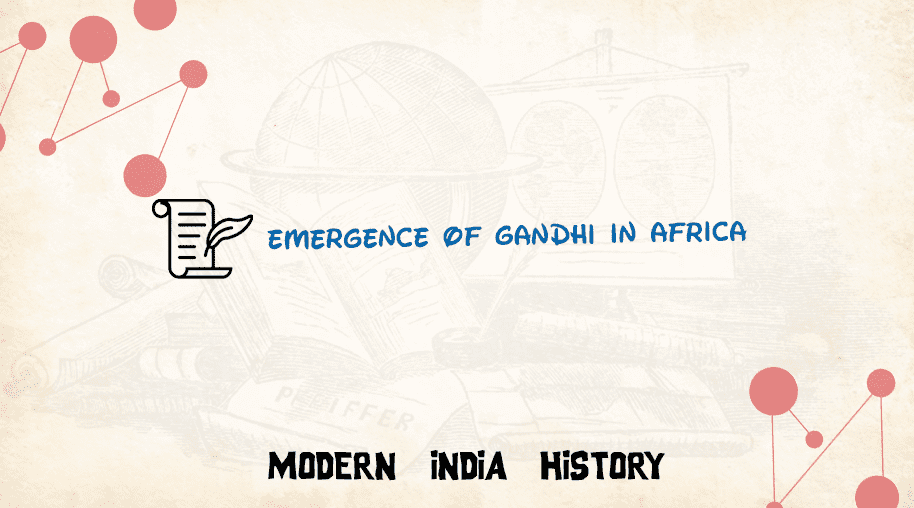


Comments
Waiting for your comments